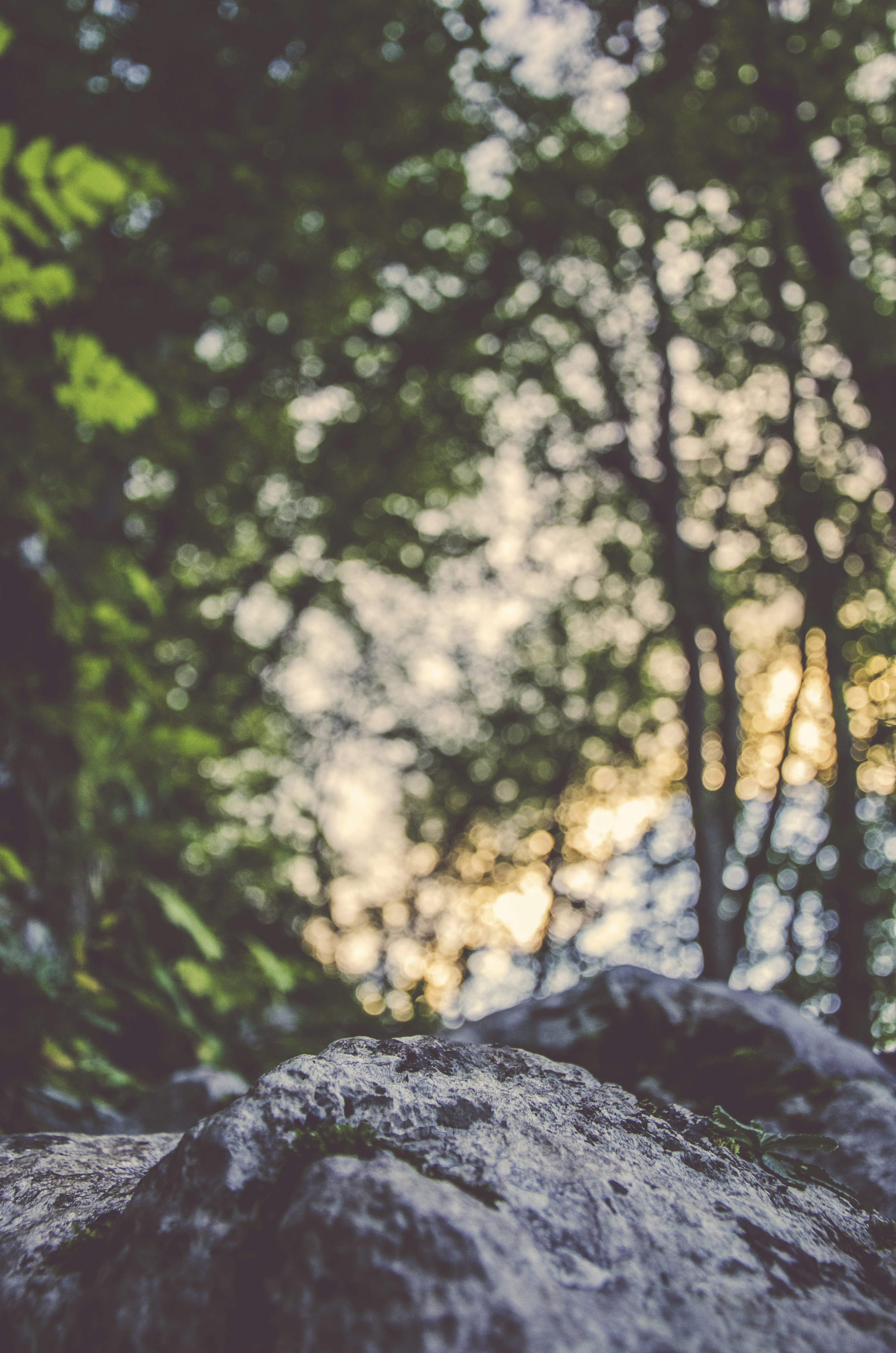 |
| Handle with care. These bottles weigh a ton. |
If you know Toro, you know Bodegas Numanthia. This estate’s bruiser reds have received praise from many respected voices in the wine world. And, when you taste the wines, it’s easy to understand why they engender so much excitement.
These wines come out slugging. They’re not shifty boxers, they’re fat heavyweights who lean on their opponents and knock them out with single punches to the temple. The intense power and concentration in these wines demands attention. But by their nature, they lack the finesse, sleekness, elegance.
So, I tasted these three wines sighted, and then left them for 24 hours before re-tasting. All three are incredibly young, and they showed much better after being open a full day, when they started to calm down (relatively speaking).
I do appreciate these wines. I admire the guts and glory approach. In this weight division, Numanthia is a titleholder. And in these cold winter months, decanting one of these bad boys by the fire sounds great.
If you want to experience all the brute force, drink the Termes now. My personal preference would be to cellar them all for at least three years, the Termanthia much longer.
2011 Bodega Numanthia Termes Toro “Termes” - Spain, Castilla y León, Toro
$26
Hugely extracted on the nose, with tons of blueberry pie, cedar, plum cake and some motor oil. Big and burly on the palate, with a dense mouthfeel, grippy tannins, low on the acid. Blueberry pie and Bordeaux cherries slathered with espresso, soil and smoke. Very hedonistic. Needs a lot of time because the tannins are fierce right now. (88 points)
2009 Bodega Numanthia Termes Toro “Numanthia” - Spain, Castilla y León, Toro
$53
Dense on the nose, takes time to open up, but when it does it shows lots of deep red and black currants, blueberries, plum skins, ink, dark chocolate, violets and rose petals. Firm tannic structure, actually a bit of acid to combat against the density, but a very mouthfilling wine. The flavors of blueberry and currant jam are rich and lasting. Notes of caramel, roasted chestnuts, loamy soil, anise, magic marker and charred wood linger long onto the finish. Deep, long, complex, requires cellar time. From 50-year-old vines. (90 points)
2010 Bodega Numanthia Termes Toro “Termanthia” - Spain, Castilla y León, Toro
$170
Brooding and intense, taking time to coax out the blueberry and currant jam, roasted figs and anise. I get more floral and iron notes on the nose than the other wines. Mouthfilling and extracted with granite tannins and some medium-to-low acid. Deep red and black berry fruits laced with notes of anise cookie, black licorice candies and cedar. A note on the finish like someone shaved dark chocolate and iron over a campfire. This is a behemoth of a wine, but beauty lies underneath. Bury this for a few presidents or decant it for — I don’t know — a week. From 120-year-old vines. (91 points)













